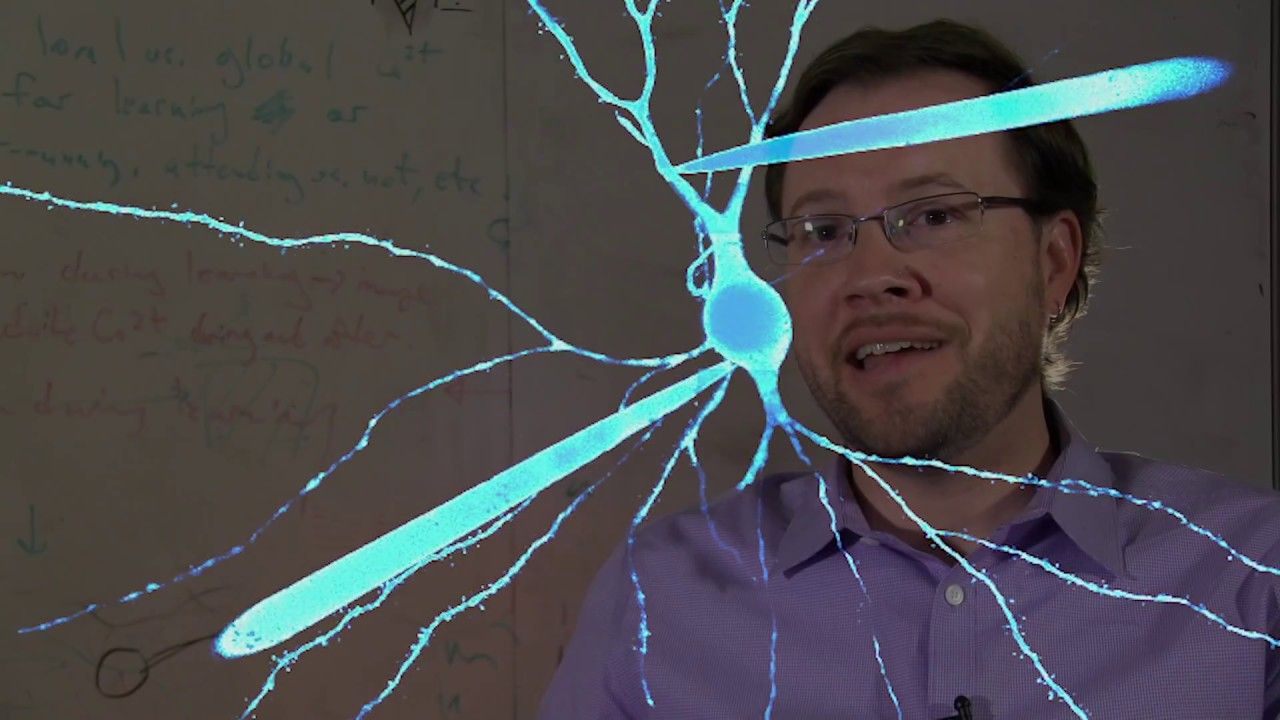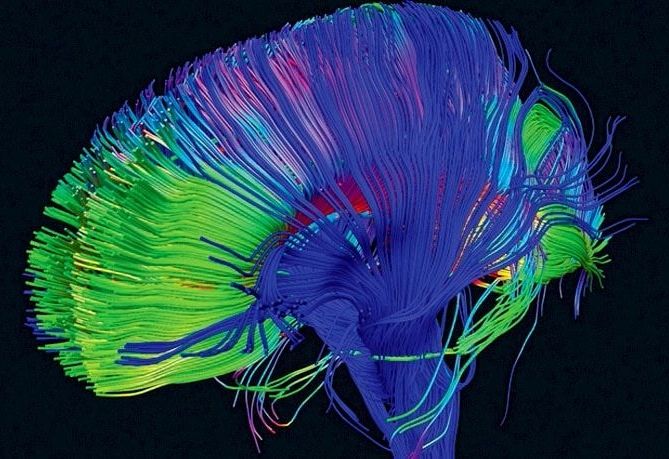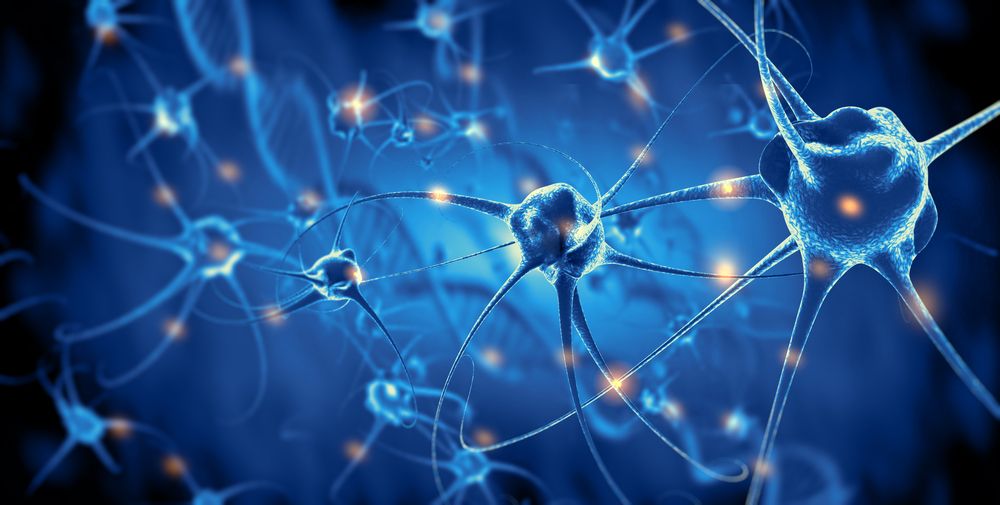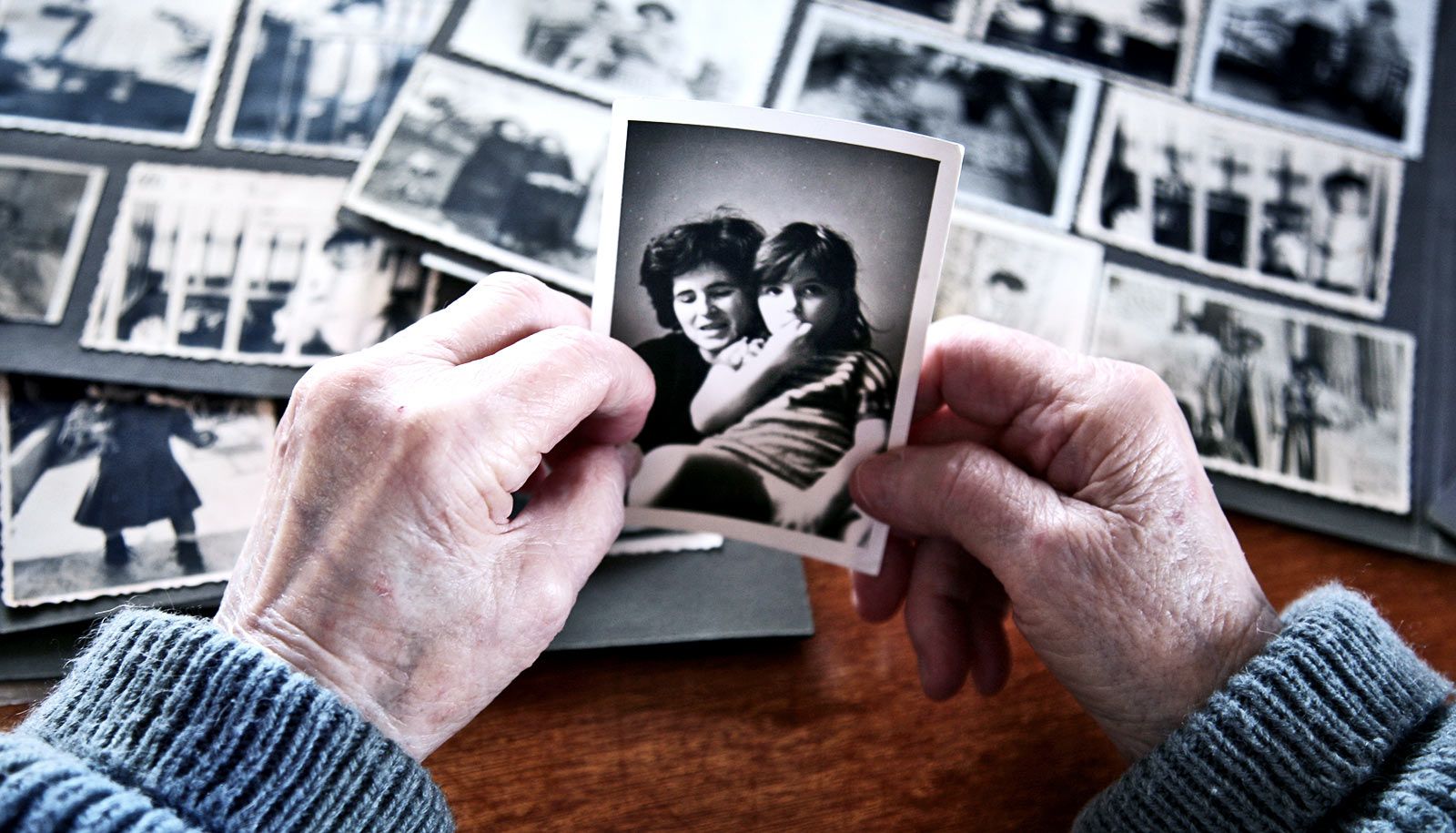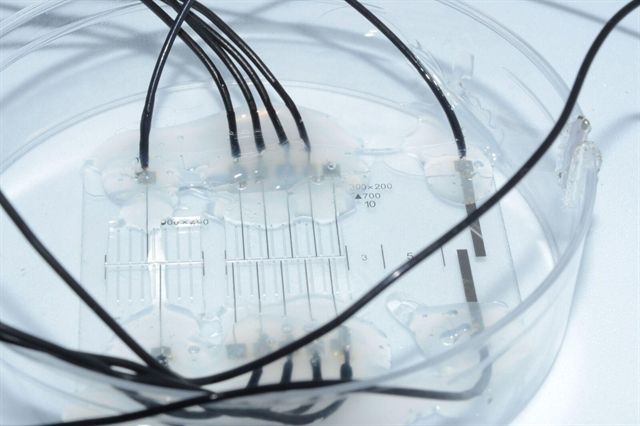We as human have to live with a lot of unfortunate realities, including the fact that a lot of the things we love end up being bad for us. We all know by now that if we binge on tasty treats too much we’ll end up eating ourselves into an early grave, but in recent years it’s become increasingly clear that coffee, a well known vice of millions and millions of people, is actually pretty good for you.
Recent studies have shown that being a regular coffee drinker can reduce your risk of all kinds of ailments, including heart attack and stroke. Now, a new research effort reveals that dark roast coffee is particularly good at warding off some nasty brain conditions, including Alzheimer’s and Parkinson’s disease.

